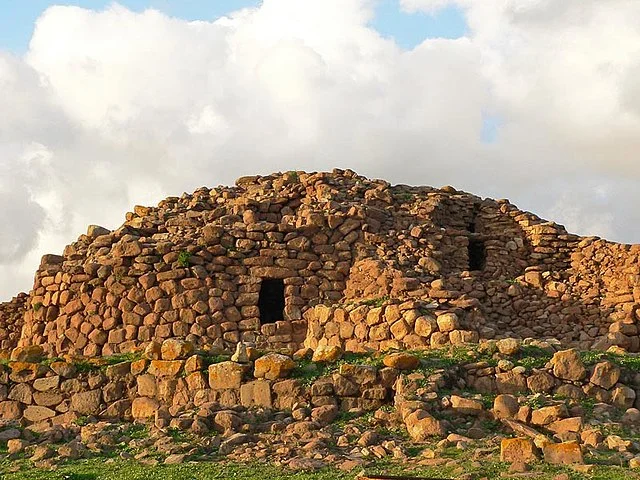Nuraghe Seruci is one of the most significant ancient monuments on the island of Sardinia, Italy. This Nuragic complex, located in the Carbonia-Iglesias province near Gonnesa, dates back to the Late Bronze Age, around 1500 to 1200 BC. It represents the ingenuity and social organization of the Nuragic civilization, which flourished in Sardinia from the 18th century BC until the Roman conquest in 238 BC.
Get your dose of History via Email
Architecture and Structure
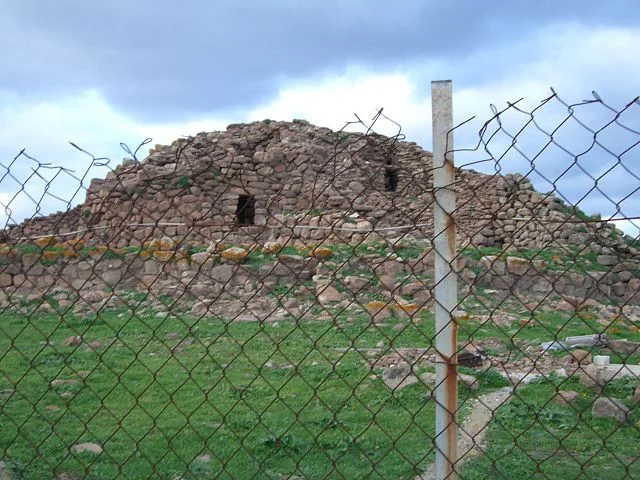
The Nuraghe Seruci complex consists of a central tower, known as a nuraghe, and several surrounding structures. The main nuraghe is a multi-lobed structure built with large blocks of basalt, a common building material in Sardinia due to its volcanic origins. This main tower is thought to have once stood around 15 meters tall, though its current height is lower due to centuries of weathering and human activity.
Architectural elements reveal the advanced skills of the Nuragic people. The tower’s base is a circular foundation with a domed ceiling, created by corbelling—a technique where each stone layer projects slightly inward until they meet at the top. This design not only supports the tower’s weight but also provides stability against earthquakes.
The Nuragic Village
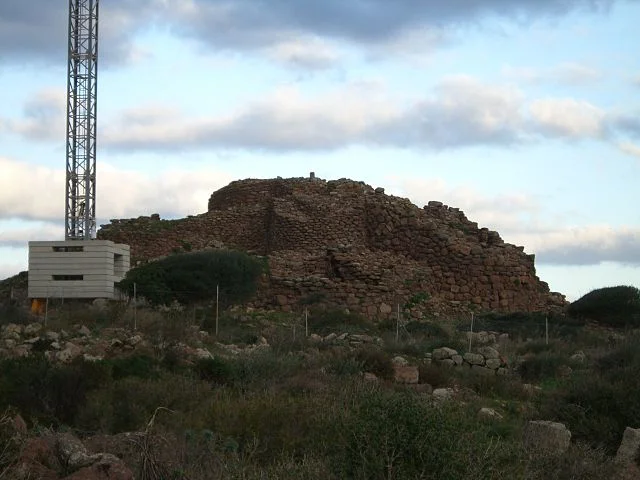
Around the main tower, a large settlement, or nuragic village, extends outward, covering approximately 20,000 square meters. The village contains over 100 huts, indicating a sizable community lived here. Many huts have a circular layout and are made from basalt stones stacked in precise rows, showcasing the Nuragic people’s masonry skills. Archaeologists have also found evidence of storage spaces and hearths, suggesting these were living quarters and communal areas.
Excavations have unearthed pottery, metal objects, and tools, providing insight into daily life. These finds suggest the villagers were involved in agriculture, animal husbandry, and metalwork.
Social and Cultural Significance
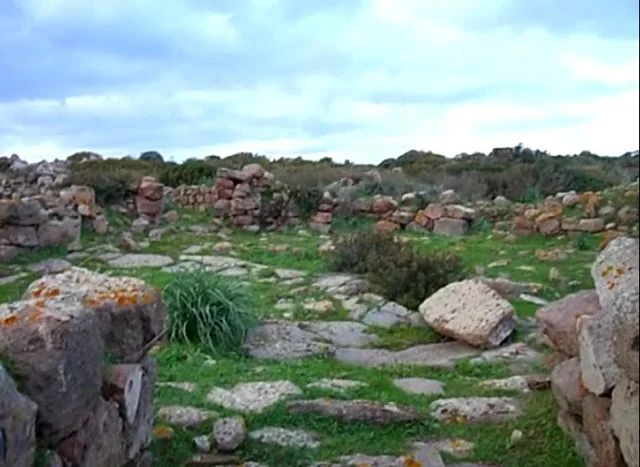
Nuraghe Seruci likely served as both a fortress and a social center. Its strategic location on a hill would have allowed inhabitants to monitor the surrounding area for threats. Given its size and complexity, the site may have been an administrative center for nearby smaller nuraghes and villages.
Artifacts found at Seruci, such as bronze weapons and tools, suggest a society capable of producing sophisticated metalwork. Additionally, the large number of huts indicates a hierarchical structure, where families or groups lived in proximity to the main tower. It’s likely the community gathered in larger huts or open areas for rituals, council meetings, or trade.
Nuragic Society and External Influences
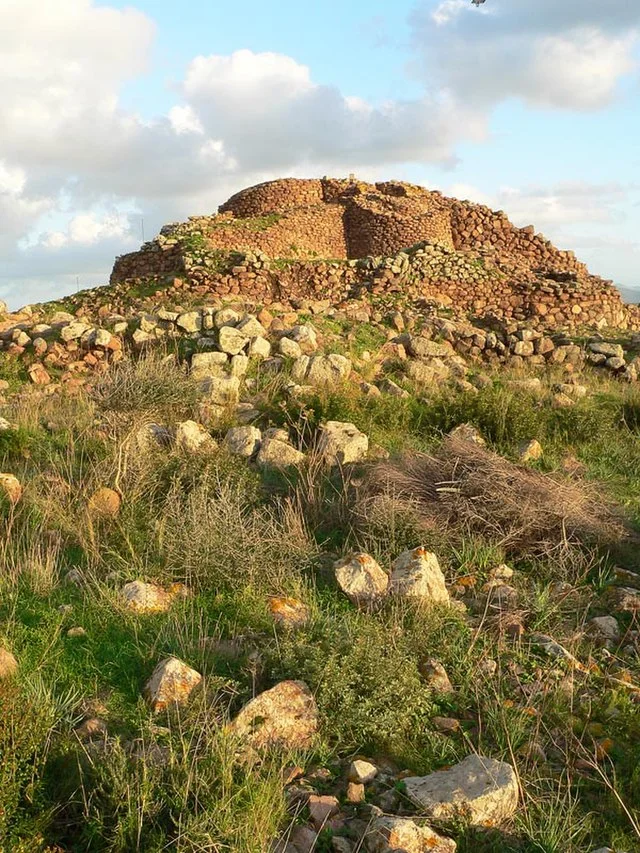
The Nuragic civilization, although primarily insular, showed signs of interaction with Mediterranean cultures. Archaeologists have found Mycenaean pottery at several Nuragic sites, indicating contact or trade with ancient Greece. This exchange likely influenced the Nuragic society’s architectural and material culture.
Nuraghe Seruci was inhabited for centuries and continued to play a role in the Iron Age. However, by the time of Roman colonization in 238 BC, the structure was no longer in active use. The Romans eventually abandoned many Nuragic sites, and Seruci became part of Sardinia’s archaeological landscape.
Preservation and Archaeological Importance
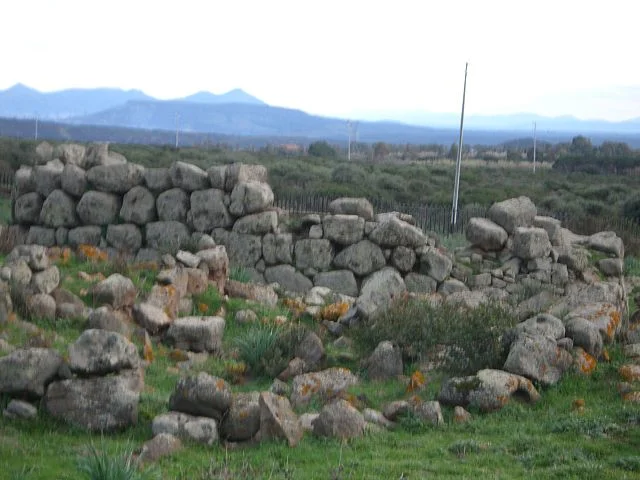
Today, Nuraghe Seruci is protected as a cultural heritage site and is open to the public. Archaeologists have conducted extensive excavations here since the 20th century, uncovering details of the Nuragic civilization’s social structure, technology, and daily life. The site’s careful preservation allows researchers to study this unique and advanced civilization in situ.
Nuraghe Seruci remains a crucial site for understanding the prehistoric development of Sardinia and the broader Nuragic culture. The complex not only displays architectural innovation but also serves as a testament to the organizational skills and social complexity of the Nuragic people, offering invaluable insights into a lesser-known civilization of the ancient Mediterranean world.
Source:

